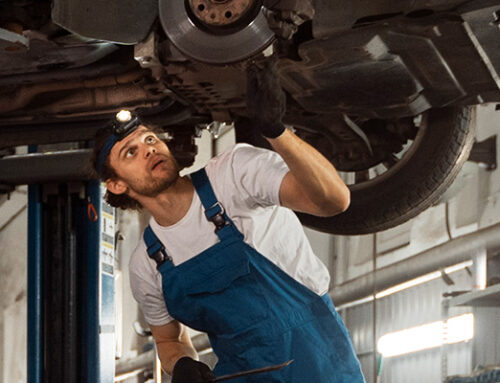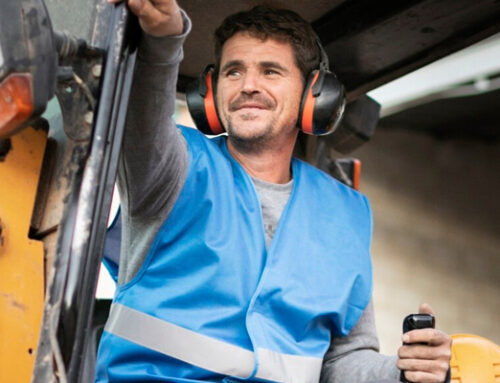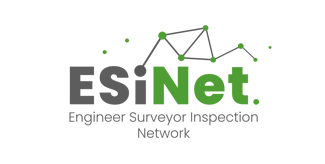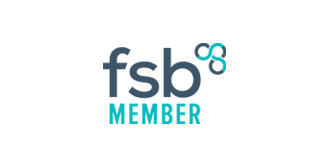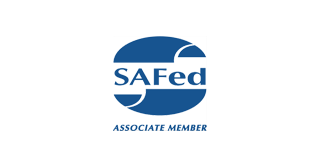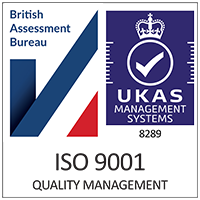Lifting equipment plays a crucial role in many industries — from construction and manufacturing to warehousing and logistics. But with lifting comes risk. Equipment failures, improper use, and poor maintenance can all lead to serious accidents, injuries, and costly downtime.
To help mitigate these risks, the Lifting Operations and Lifting Equipment Regulations 1998 (LOLER) set out specific legal requirements for the safe use of lifting equipment in the workplace. But compliance is just the beginning. By following best practices, businesses can enhance safety, improve efficiency, and reduce long-term costs.
Here are some key safety tips for any business using lifting equipment.
1. Carry Out LOLER Thorough Examinations
All lifting equipment must undergo regular thorough examinations by a competent person. This includes:
-
Cranes
-
Hoists
-
Forklift trucks
-
Lifting accessories such as chains, slings, and shackles
Typically, examinations are required every 6 or 12 months, depending on the type of equipment and how it’s used. Keeping up with these inspections is not only a legal obligation but also essential for identifying faults before they become dangerous.
2. Maintain Equipment to a High Standard
Routine maintenance helps prevent unexpected failures and ensures equipment operates safely and efficiently. Create and follow a maintenance schedule that includes:
-
Lubrication of moving parts
-
Replacement of worn or damaged components
-
Inspection of safety devices and limit switches
Document all maintenance activities and keep records readily available.
3. Provide Proper Training
Only trained and authorised personnel should operate lifting equipment. Training should cover:
-
Safe operating procedures
-
Load limits and weight distribution
-
Emergency stop functions
-
Daily checks before use
Regular refresher courses help maintain skills and reduce the risk of operator error.
4. Use the Right Equipment for the Job
Ensure the lifting equipment you use is suitable for the task at hand. Using the wrong tool or exceeding capacity limits can lead to equipment damage or collapse. Always check:
-
Load ratings
-
Attachment compatibility
-
Lifting angles and reach
If in doubt, consult the equipment manual or speak to a qualified surveyor.
5. Conduct Pre-Use Checks
Operators should carry out a visual inspection before each use, looking for:
-
Frayed slings or cracked chains
-
Damaged hooks or safety latches
-
Unusual noises or jerky movements
-
Signs of wear, corrosion, or fluid leaks
If any issues are found, the equipment should be taken out of service immediately and reported.
6. Implement Clear Signage and Safe Zones
Create designated lifting areas with clear signage and exclusion zones to keep unauthorised personnel away from hazardous zones. Always ensure:
-
Loads are never lifted over people
-
Operators have full visibility or use a spotter when required
-
Pedestrians are aware of lifting operations in progress
7. Follow a Safe System of Work
LOLER requires that all lifting operations are properly planned, supervised, and carried out safely. This involves:
-
Risk assessments for lifting tasks
-
Lift plans for complex or high-risk operations
-
Supervision by a competent person
Even routine lifting tasks benefit from a structured approach.
Final Thoughts
Lifting equipment is an asset — but only when used safely and correctly. By combining LOLER compliance with best practice safety measures, businesses can protect their workers, meet legal requirements, and avoid costly incidents.
At SIS Ltd, we support businesses across the UK with LOLER inspections, risk assessments, and compliance guidance. Our experienced engineer surveyors work with you to ensure that your lifting equipment remains safe, compliant, and operational.
Need to schedule a LOLER examination or review your lifting procedures? Contact SIS Ltd today to speak with one of our experts.





